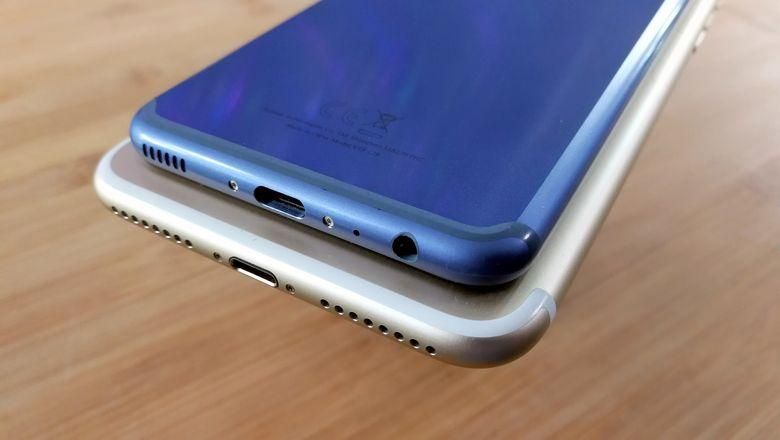Apple seems to be commanding DRAM and NAND chip production at the moment, squeezing out many Android competitors, Reuters reports.
Infinite Loop is said to be preparing a hoard of top-tier components to suit its upcoming iPhone 8, said to cost at least $999 this year. That model, along with the expected iPhone 7s and iPhone 7s Plus releases, will look to put the squeeze on the mobile industry.
LG has had to bring “forward our procurement decisions […] to ensure a stable supply” of flash storage and active memory disks — recently reflected with the launch of the G6 Plus with 128GB of storage — while others have attempted to extend supply agreements or bring forward their orders for the season, often at a premium to typical three-month contracts.
Huawei seems to be an early victim of this plot line as it was chewed out by tech enthusiasts for supposedly equipping different models of its latest flagship, the P10, with different grades of flash storage chips ranging from eMMC 5.1 to UFS 2.0 and 2.1.
Samsung also advertised that its Galaxy S8 exclusively had UFS 2.1 storage, but speed tests later showed some inconsistencies with that claim — the company removed any mention of UFS 2.1 from its marketing without any disclosure. Considering that the chaebol is the world’s biggest producer of mobile memory disks, it’s not a good indication.
Through Apple’s 2018 fiscal year, high street analysts are expecting the company to sell over 100 million iPhone 8 units. A typical year sees about 18 percent of universal stock go to Cupertino’s contractors for iPhones, iPads and Apple Watches.
As players such as Samsung and SK Hynix continue to invest in plants and as Toshiba seems to be wrapping its sale of its IC unit, yield growth has remained lethargic in this very tensile market.

